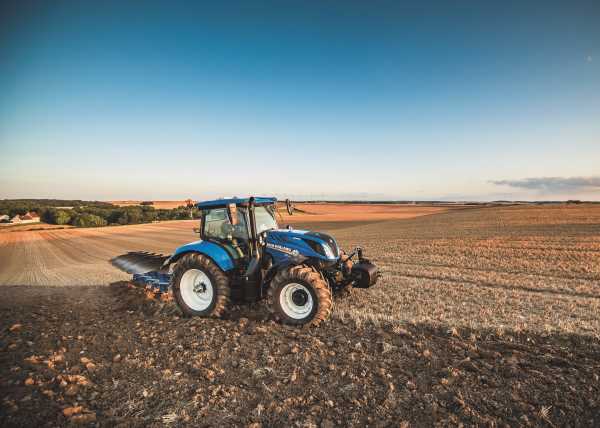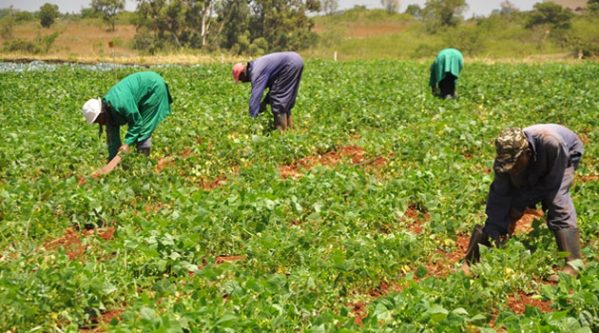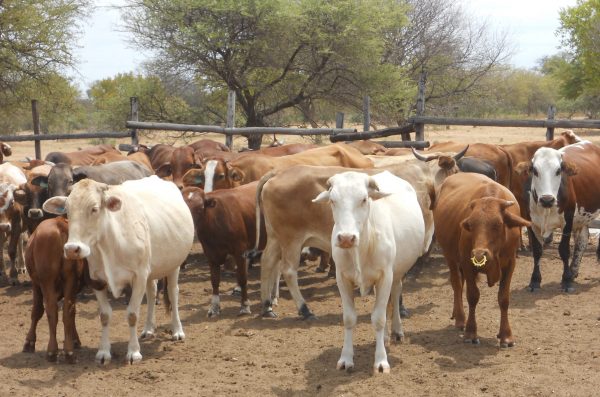The first three months of the year show a decline in sales of agricultural machinery compared to the same period in 2021. The market contraction is organic compared to the record levels reached in the first quarter of last year. Incentives continue to support the market but geopolitical uncertainties may weigh on the coming months
The machinery market held up well in the first quarter of the year, albeit with a drop compared to the record volumes reached in the same period of 2021. Registration figures, processed by FederUnacoma on the basis of registrations provided by the Ministry of Transport, indicate a total of approximately 5,400 units sold for tractors, down 9.9% compared to the first quarter of last year when registrations were up 57.6% on 2020.
In the first three months of 2022, sales of combine harvesters reached 41 units, down 26.8% compared to the previous year (in the first quarter of 2021 they had grown by 180% compared to 2020), while registrations of tractors with loading platforms reached 132 vehicles, down 10.2% compared to the first three months of 2021 (+21.5% compared to 2020). Trailers and telehandlers also remained at high levels, closing the first part of the year with 1,944 (-8.2%) and 309 (-18.7%) units sold, respectively. Also for these two types of machines, the drop in 2022 has a relative weight, as it refers to a quarter that in 2021 had seen record increases in registrations (compared to 2020: +37.4% for trailers, +86.3% for telehandlers).
After a 2021 marked by extraordinarily high sales volumes for the agricultural machinery market, the setback observed from January to March can therefore be considered organic, as demand for agricultural technology continues to be strong. The transition towards agriculture 4.0, with investments for the purchase of the latest generation of mechanical equipment, and the simultaneous presence of several financing instruments for the purchase of agricultural machinery (credit for 4.0, Nuova Sabatini, NRRP, PSR, Bando ISI-Inail) contribute to supporting this demand. However, as the year progresses, sales trends will inevitably be affected by very significant economic factors.
“We find ourselves in a contradictory economic phase since, while the demand for machinery is going well, price volatility and difficulties in the supply of raw materials, which have been greatly exacerbated by the war in Ukraine, are threatening market growth,” explains Alessandro Malavolti, president of FederUnacoma. The commodity emergency is not only affecting the agricultural machinery industry, making production processes much more expensive, but is also affecting the agricultural sector which, driven by a generalised increase in costs (especially those relating to energy and fertilisers), is seeing its own investment capacities decline. “In this scenario – Malavolti concludes – it is necessary to combine very short-term strategies with a long-term strategic vision, also aimed at exploring new channels and supply methods for raw materials”.








